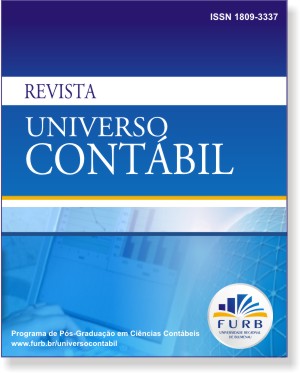THE IMPACT OF NEW INTERNATIONAL GUIDELINES MATERIALITY IN AUDITING ABOUT THE FINANCIAL INFORMATIONS OF SMEs
DOI:
https://doi.org/10.4270/ruc.20117Keywords:
Materiality. Auditing. Qualitative factors. IFAC. Financial information.Abstract
During the issuance period of the accounting report, auditors should evaluate qualitatively and quantitatively the distortions identified during the audit and the possible distortions coming from the relevant limitations in the extension of the work. In this sense, the qualitative factors in the International Standard on Auditing FC-450 (revised and reprinted) implied in new challenges and commitments, once it requires, among other aspects, an increased workload and the need for professional judgment in a more intensive and reflective way. This paper summarizes an investigation whose objective was to evaluate the opinion of the Mexican auditors regarding certain consequences of such scenario, which could affect the quality of the financial information published by the small and medium enterprises (SMEs) audited. Through a survey research and the use of descriptive, inferential and multivariate statistics tools, empirical was drawn that shows why the effective use of the FC-450 is projected favorably on the quality of the accounting information and to what extent it contributes to reduce the presence of errors and irregularities. Therefore, it increases the reliability, relevance and adequacy of the financial statements, allowing a better reflection of the actual situation.Downloads
Download data is not yet available.
Published
2011-10-13
How to Cite
Ramírez Cacho, S. I., & Oropeza Tagle, M. A. (2011). THE IMPACT OF NEW INTERNATIONAL GUIDELINES MATERIALITY IN AUDITING ABOUT THE FINANCIAL INFORMATIONS OF SMEs. Revista Universo Contábil, 7(3), 133–145. https://doi.org/10.4270/ruc.20117
Issue
Section
International Section
License
The copyright for papers published in this journal belong to the author, with rights of first publication for the journal. As the papers appears in this publicly accessed journal, the papers are for free use, receiving their credit, in educational and non-commercial uses. The journal will allow the use of the papers published for non-commercial purposes, including the right to send the paper to publicly accessed databases.


